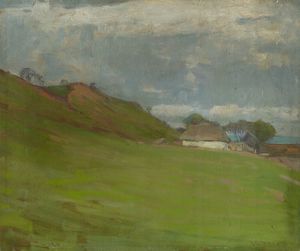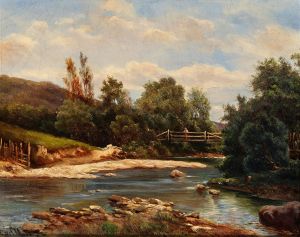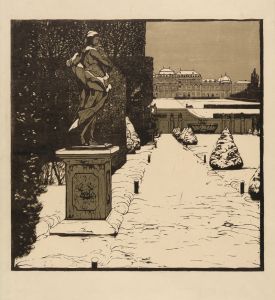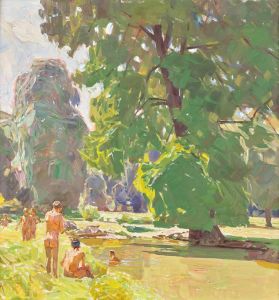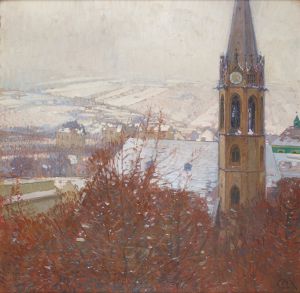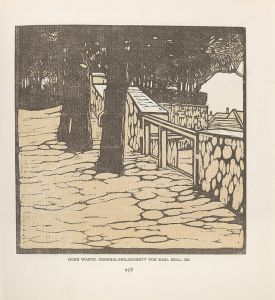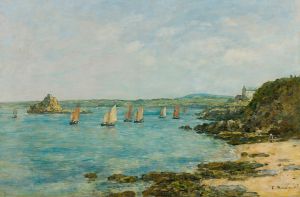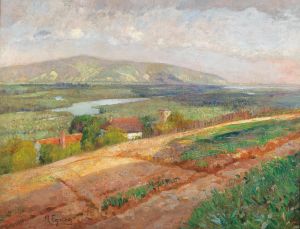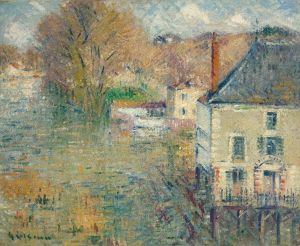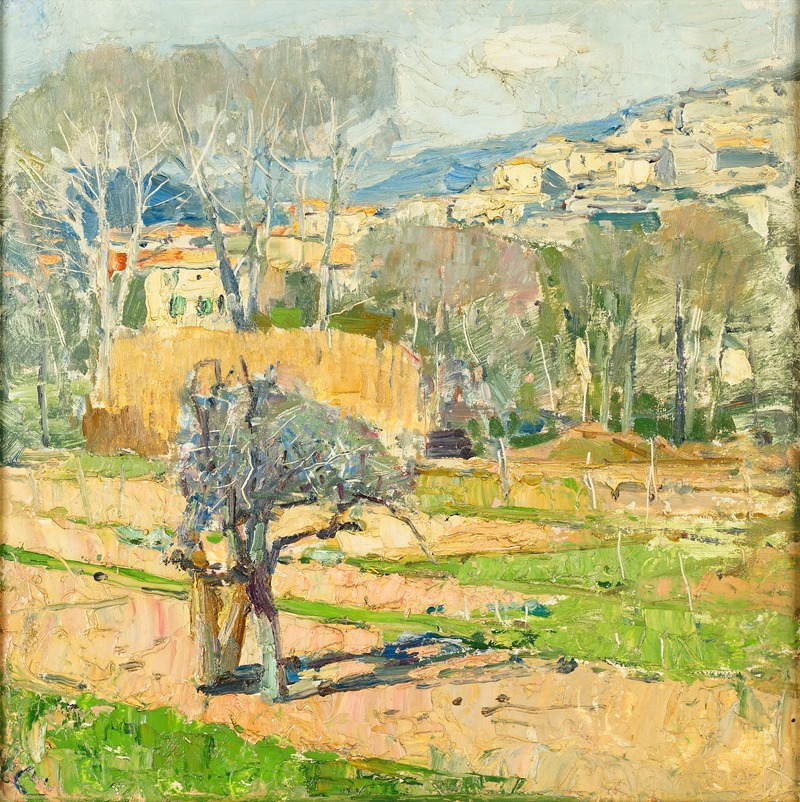
Cagnes
A hand-painted replica of Carl Moll’s masterpiece Cagnes, meticulously crafted by professional artists to capture the true essence of the original. Each piece is created with museum-quality canvas and rare mineral pigments, carefully painted by experienced artists with delicate brushstrokes and rich, layered colors to perfectly recreate the texture of the original artwork. Unlike machine-printed reproductions, this hand-painted version brings the painting to life, infused with the artist’s emotions and skill in every stroke. Whether for personal collection or home decoration, it instantly elevates the artistic atmosphere of any space.
Carl Moll (1861-1945) was an Austrian painter known for his contributions to the Vienna Secession movement, which sought to break away from traditional academic art and promote modernist approaches. One of his notable works is "Cagnes," a painting that captures the serene and picturesque landscape of Cagnes-sur-Mer, a commune in the Alpes-Maritimes department in southeastern France.
"Cagnes" exemplifies Moll's skill in landscape painting, a genre he frequently explored throughout his career. The painting is characterized by its delicate use of color and light, which reflects the influence of Impressionism, a movement that Moll admired and incorporated into his own work. The scene depicted in "Cagnes" is tranquil and idyllic, showcasing the natural beauty of the French Riviera with its lush greenery, rolling hills, and the Mediterranean Sea in the distance.
Moll's technique in "Cagnes" involves a meticulous application of paint to create a harmonious composition. He employs a palette of soft, muted colors that evoke a sense of calm and tranquility. The brushwork is precise yet expressive, capturing the essence of the landscape without resorting to overly detailed or realistic representation. This approach allows viewers to experience the atmosphere and mood of the scene rather than focusing on specific details.
The painting also reflects Moll's interest in the interplay of light and shadow. The way sunlight filters through the trees and illuminates the landscape is rendered with great sensitivity, adding depth and dimension to the composition. This attention to light is a hallmark of Moll's work and demonstrates his ability to convey the ephemeral qualities of nature.
"Cagnes" is a testament to Moll's ability to blend elements of Impressionism with his own unique style. While he was influenced by the French Impressionists, Moll maintained a distinct artistic voice that set him apart from his contemporaries. His work often features a balance between realism and abstraction, allowing him to capture the essence of his subjects while also imbuing them with a sense of poetic beauty.
Throughout his career, Carl Moll remained an important figure in the Viennese art scene. He was a founding member of the Vienna Secession, alongside other prominent artists such as Gustav Klimt and Koloman Moser. The Secessionists sought to create a new artistic language that embraced modernity and rejected the constraints of academic tradition. Moll's contributions to the movement were significant, and his work continues to be celebrated for its innovation and aesthetic appeal.
In summary, "Cagnes" by Carl Moll is a beautiful example of his landscape painting, showcasing his mastery of color, light, and composition. The painting captures the serene beauty of the French Riviera and reflects Moll's ability to blend Impressionist influences with his own distinctive style. As a key figure in the Vienna Secession, Moll's work remains an important part of art history, and "Cagnes" is a testament to his enduring legacy as an artist.





